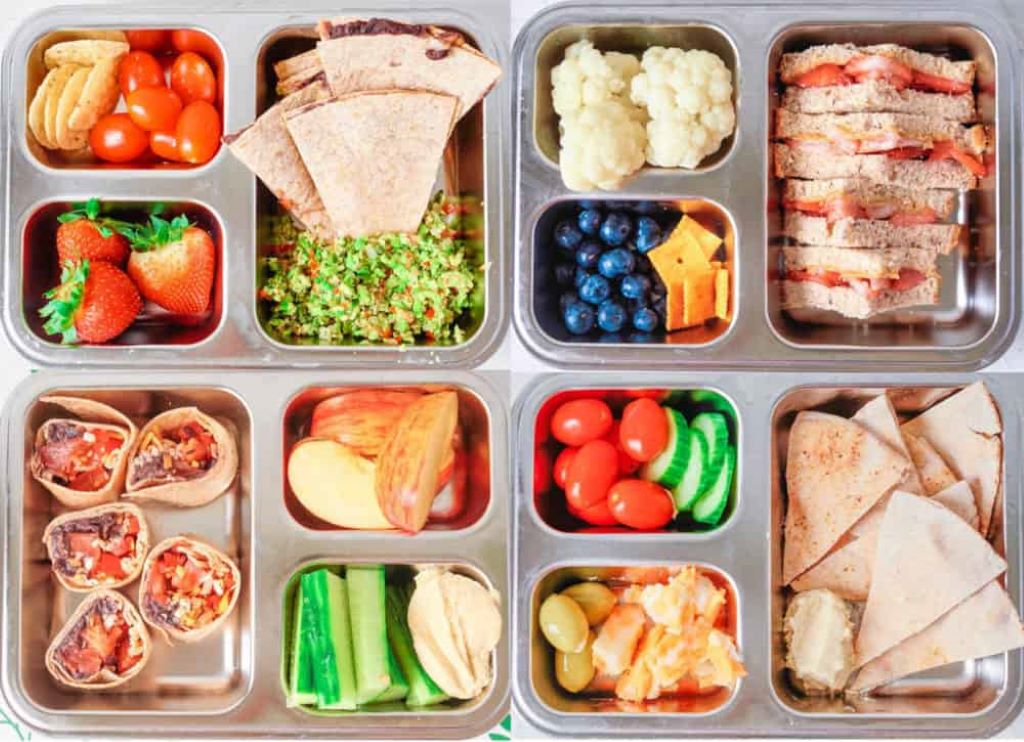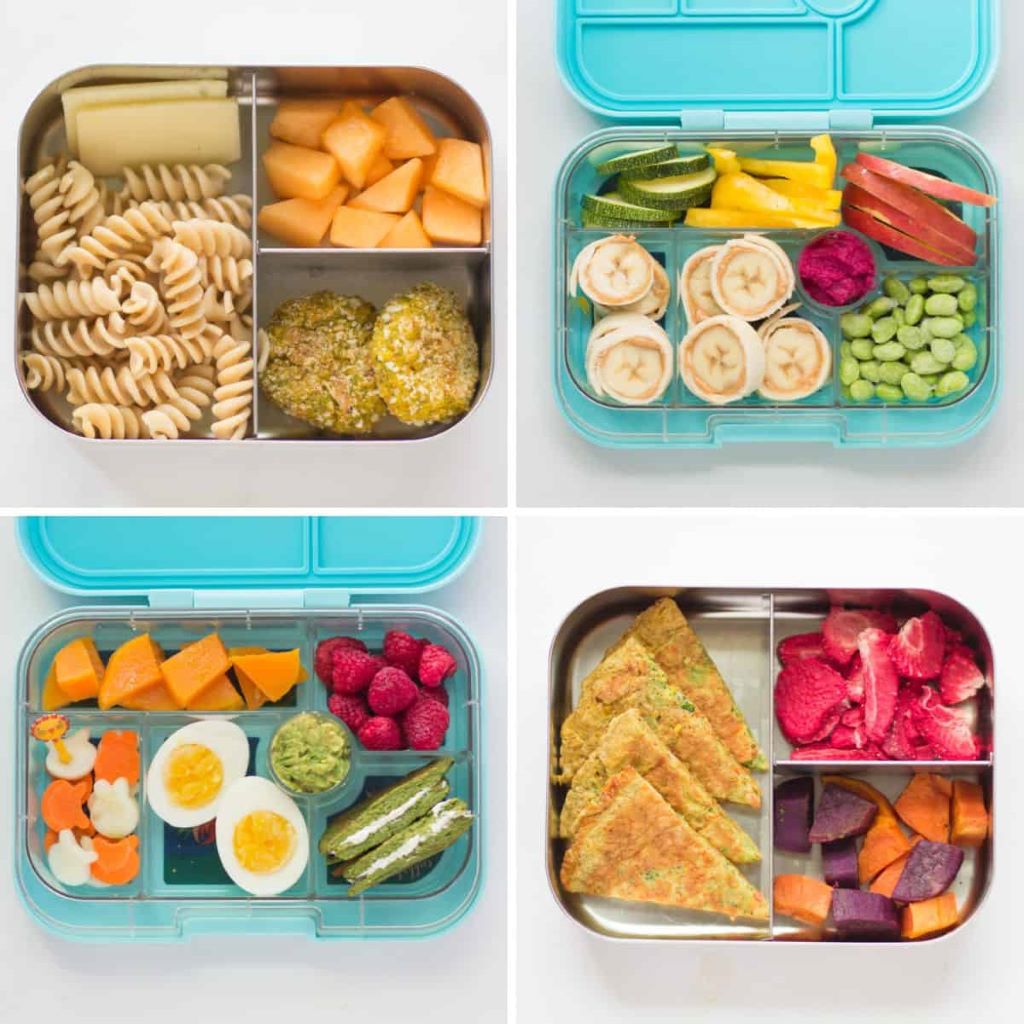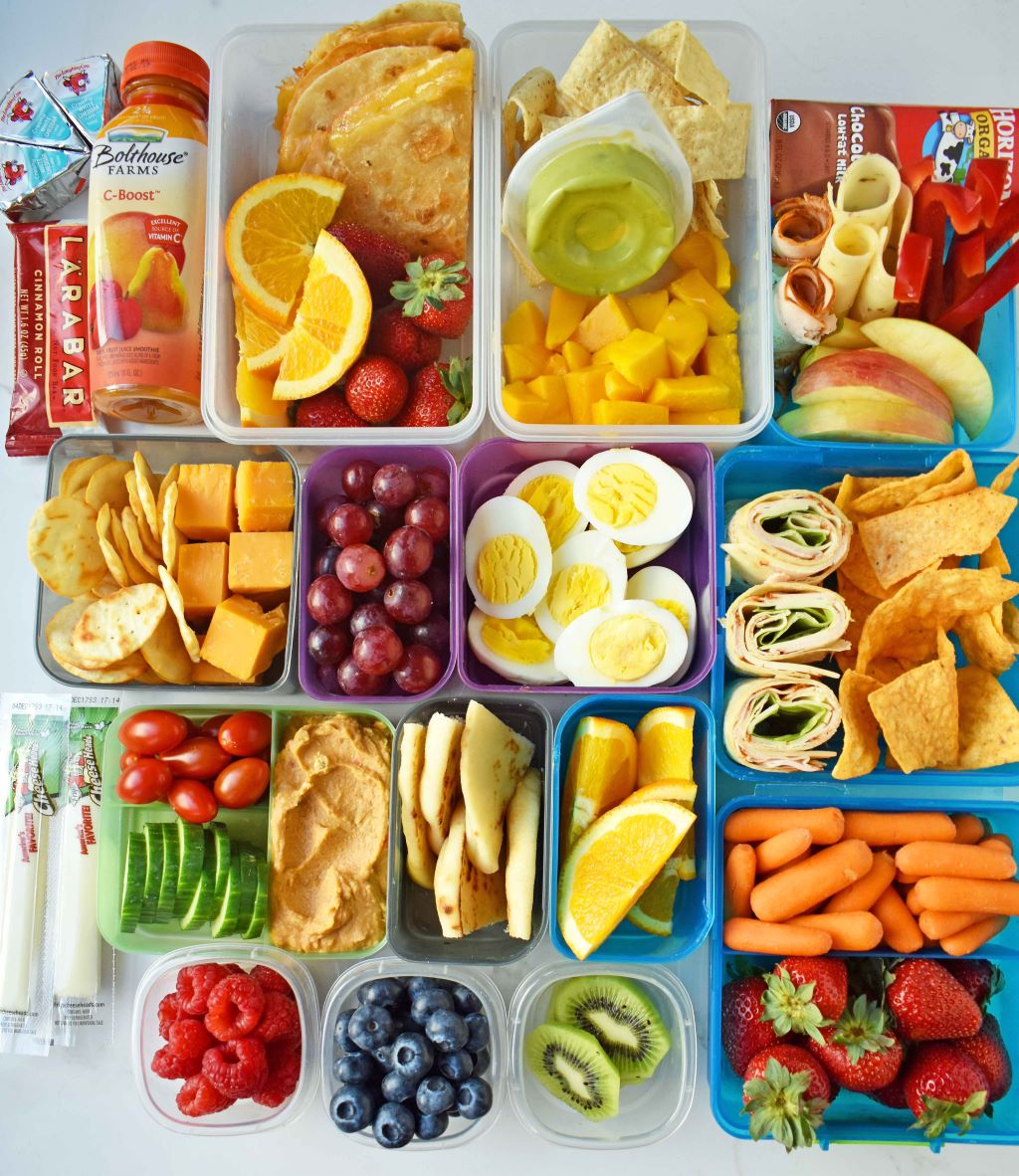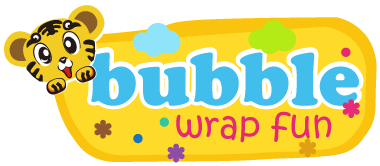
22 Dec What Are Good Snacks for Kids Lunch Ideas
Packing nutritious snacks in kids’ lunchboxes can be challenging. You want foods they’ll enjoy eating that will also provide balanced nutrition to fuel their bodies and brains during the busy school day. This comprehensive guide covers healthy kids lunch ideas for every age and stage, along with tips and tricks for easy preparation and storage.
Preschoolers/Kindergarteners (Ages 3-6)
Preschoolers and kindergarteners benefit from kids lunch ideas that are colorful, fun, and easy to eat. Their fine motor skills are still developing, so avoid snacks requiring complicated unwrapping. Prioritize finger foods, healthy carbs, and protein at this age.

Fruits and Veggies: Kids Lunch
Fruits and vegetables should make up half a preschooler’s daily snacks. Prioritize produce that is brightly colored or cut into fun shapes with cookie cutters. Good options include:
- Apple slices
- Orange wedges
- Grapes (sliced lengthwise to prevent choking)
- Strawberries
- Blueberries
- Raspberries
- Banana slices
- Kiwi slices
- Mango chunks
- Cucumber slices
- Sweet pepper sticks
- Sugar snap peas
- Baby carrots
Grains and Crackers: Kids Lunch
Pair fruits and veggies with a carbohydrate like whole grain crackers, rice cakes, or bread:
- Whole wheat crackers
- Rice cakes
- Half a sandwich cut into shapes
- Pita chips
- Goldfish crackers
- Animal crackers
- Graham crackers
- Mini bagels with cream cheese
Dairy and Protein: Kids Lunch
Include a source of protein and dairy. Ideas include:
- String cheese
- Cottage cheese
- Greek yogurt
- Nut butter with apples or crackers
- Hard boiled egg
- Turkey roll-ups
- Hummus and veggies
Elementary Schoolers (Ages 6-11)
Once kids can successfully open wrappers and containers on their own, consider more complex snacks requiring some assembly. Continue emphasizing fruits, vegetables, protein, fiber, and whole grains.
Fruits and Veggies: Kids Lunch
Elementary age kids have the dexterity to handle foods like snap peas, mini peppers, cherry tomatoes, and citrus fruits. Some fun, nutritious ideas include:
- Fruit and cheese kabobs
- Ants on a log (celery with raisins and nut butter)
- Apple nachos (apple slices with toppings like sunflower seeds, granola, coconut, or chocolate chips)
- Fruit salad
- Vegetable salad like three bean or chickpea salad
- Roasted chickpeas
- Trail mix with nuts, seeds, chopped fruit, whole grain cereal
- Smoothies with veggies and Greek yogurt
Grains and Crackers: Kids Lunch

Whole grains provide longevity to help kids feel full until lunch or dinner. Consider snacks like:
- Whole grain crackers or pretzels
- Granola bar
- Oatmeal muffin
- Whole wheat mini bagel with nut butter
- Popcorn
- Rice cakes
- Tortilla rolled with spinach and feta
Dairy and Protein: Kids Lunch
Growing kids still need protein and calcium for muscle and bone development. Ideas include:
- Cottage cheese
- Nut butter sandwich
- Hummus and crackers/veggies
- Grilled cheese sandwich
- Hard boiled egg
- Yogurt with fruit or granola
Middle Schoolers (Ages 12 and Up)
As children transition into middle school, it’s not just their bodies that undergo changes, but their schedules as well. With classes, extracurricular activities, and social events, it’s important to provide them with nutritious meals that can fuel their growing bodies and keep them energized throughout the day. To ensure that your child is getting the necessary nutrients, focus on providing them with foods that are high in nutrient density. This means incorporating foods such as fruits, vegetables, whole grains, healthy fats, and lean proteins into their lunches. Additionally, it’s important to offer a variety of flavors and textures to keep things interesting and enjoyable. By balancing nutrient density with variety, you can help your child establish healthy eating habits that will benefit them for years to come.
Fruits and Veggies: Kids Lunch
Adolescents can make their own fruit and veggie snacks with themes like tacos, nachos or sushi. Or keep cleanup easy with ideas like:
- Celery sticks with nut butter and raisins
- Sweet potato fries baked with olive oil and sea salt
- Cucumber sandwich (thinly sliced cucumbers and herbed cream cheese between bread)
- Caprese skewers (mozzarella balls, cherry tomatoes, and basil on toothpicks)
- Frozen grapes
- Apples and peanut butter
- Fruit smoothie pouch
Grains and Crackers: Kids Lunch
Complex carbs and fiber aid digestion and provide lasting energy. Good snacks include:
- Energy bar or granola bar
- Trail mix with nuts and chocolate
- Popcorn
- Whole grain crackers with cheese
- Pretzel crisps and hummus/guacamole
Dairy and protein: Kids Lunch

Protein and calcium are crucial for hormone regulation, muscle growth and bone health in developing teens. Make snack time also nourishment time with snacks like:
- Greek yogurt parfait
- String cheese and crackers
- Nut butter and apples
- Turkey roll-ups with cheese
- Hard boiled egg
- Edamame hummus with pita
General Tips for Packing Snacks
- Get kids involved in preparing their own snacks so they’re more likely to eat them. Let them build their own custom trail mix or yogurt parfait, for example.
- Keep pre-portioned snacks handy for busy mornings like resealable bags of nuts, energy bites, or chopped veggies.
- Think outside the (lunch)box with snacks like smoothies or freezer-safe items like Go-Gurts or frozen grapes that thaw by lunchtime.
- Pack fresh fruits and veggies early in the week so they don’t get soggy or wilted by Friday lunch.
- Consider snacks kids can eat with one hand like banana slices, cheese sticks, or crackers so they can multi-task.
- Tuck a sweet treat in once a week like a small cookie, chocolate square, jellybeans etc. for motivation and reward.
- Keep snacks visible in clear containers vs. buried under other items. Kids are more likely to eat foods they see first.
- Get kids hooked on healthy flavors by exposing them to spices, herbs, savory umami flavors, sweet veggies etc.
- Practice portion control with pre-portioned snacks like snack-size cheese cubes or energy bites. Or separate bulk snacks into smaller reusable containers.
- Pack snacks separately vs. tucking them within sandwiches so kids don’t mistake them as ingredients.
- Freeze water bottles or therapeutic gel packs. They thaw by lunchtime for a refreshing drink and keep other perishable snacks cold.
FAQs
How many snacks should I pack each day?
One or two snacks supplements what’s packed for lunch to help kids stay full, energized, and focused through the school day. Pay attention to your child’s hunger cues and pack extra snacks if they tend to come home very hungry.
How do I get my picky eater to eat healthy snacks?
Lead by example and eat the snacks yourself first. Also, get them involved in preparing their own custom trail mix or dip to build interest. Start slow by offering just one new food at a time paired with one they already like.
What’s the best way to pack dipping snacks to prevent a mess?
Pack dip in a separate leak-proof container rather than coating items ahead of time. Dipping engages kids as they assemble each bite and the act of dipping releases more flavor.
How can I reduce the sugar content in snacks?
Focus on whole foods over processed snacks like trail mix vs. granola bars. Always pair sweets with protein and fiber which stabilizes blood sugar spikes.
What are good snacks for kids with allergies?
Focus on whole fresh fruits and veggies if allergies permit. String cheese, nut butter, sunflower seed butter and hard boiled eggs are other portable protein snacks. Look for allergy-friendly granola bars made with alternate grains like sorghum or buckwheat flavored with dark chocolate, coconut or pumpkin spice.
Conclusion
Packing balanced snacks helps ensure kids stay fueled for learning and active play during busy school days. Include a variety of flavors, textures, colors and nutrition in bite-sized portions your child can successfully handle and enjoy on their own. Partner with your child to prepare homemade snacks to pique their interest. And don’t forget sweet treats in moderation for motivation. Explore a world of fun and creativity with our kids party and entertainment ideas, and make your gatherings stress-free by incorporating smart planning strategies—start by dedicating a little time each Sunday to prepare healthy snacks, ensuring that these kids’ lunch ideas are both delightful and nutritious.



Sorry, the comment form is closed at this time.